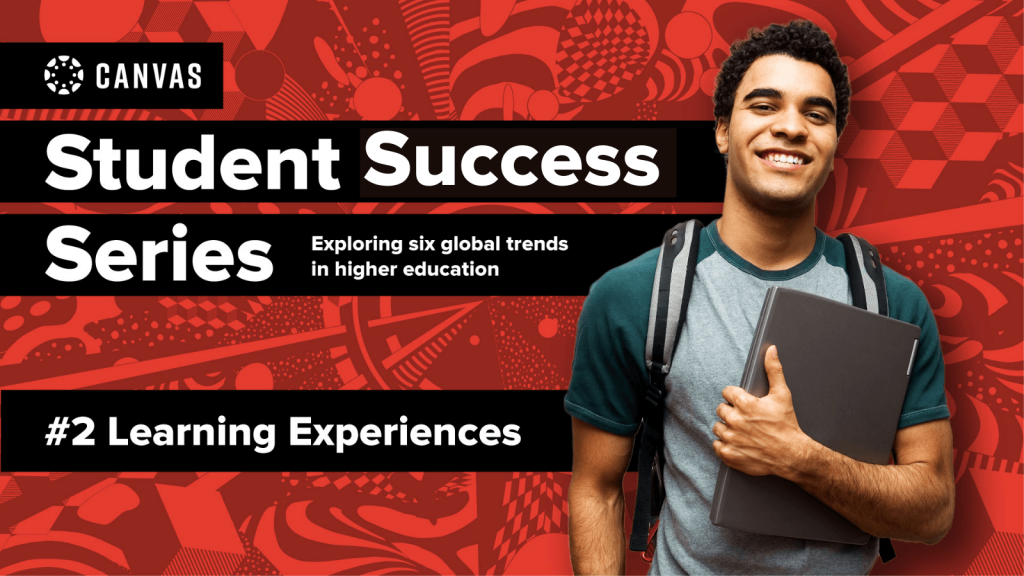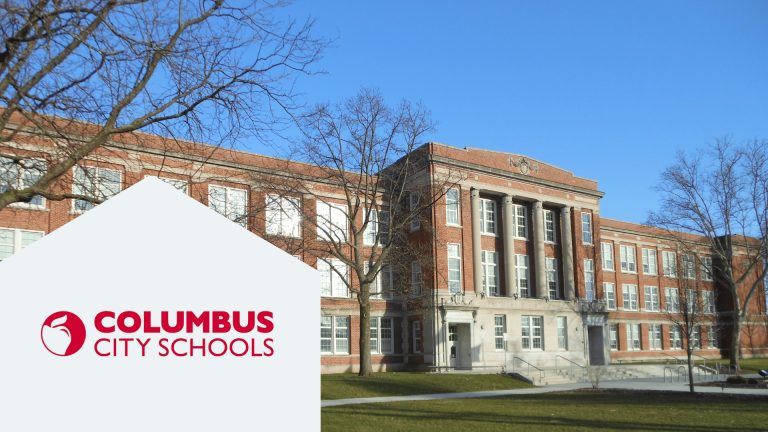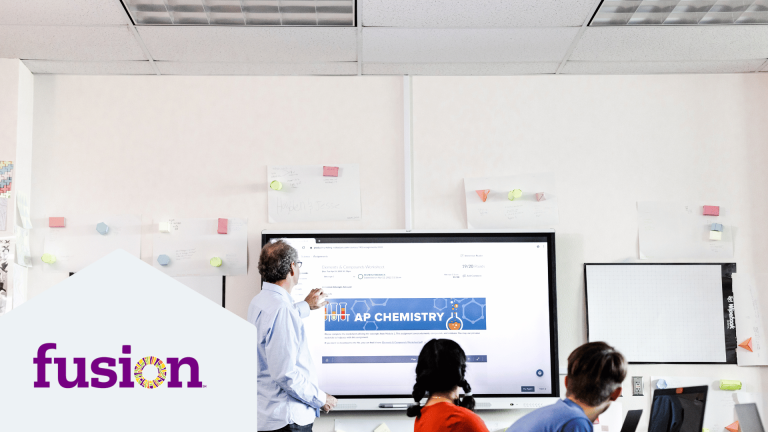
The recent shift toward a more holistic focus on the student includes paying attention to mental well-being as well as student academic success and career readiness.
And according to Inside Higher Ed’s 2020 Survey of Colleges and University Student Affairs Officers, “nearly all student affairs officers say they spent significant time in the past year responding to matters related to student mental health (94%) and student well-being (91%).”
A focus on mental well-being has never been more important in higher education institutions as both students and faculty continue to deal with the challenges of COVID-19. But according to our global benchmark survey on the State of Student Success and Engagement, we found that students are less likely than administrators to know what resources are available to help.
In many cases, institutions provide a range of student support services, including academic support, grants for economically disadvantaged students, career development services, or educational technology resources, all to ensure students are getting the support they need outside the classroom. But less than 50% of students are aware of these common resources. Closing this awareness gap is just one way to help students succeed.
Exploring alternative ways for students to engage
Especially with today’s challenges for creating face-to-face experiences, it’s important to explore alternative ways for students to continue to connect, build relationships, and create meaningful networks of peers.
“It’s about checking in to see how my students are doing,” explains Karen Freberg, Associate Professor in Strategic Communication at the University of Louisville in our recent webinar on the research, “What could we do to make sure that they have the right resources available?”
It’s certainly a growing need, according to the Inside Higher Ed survey, which found that “demand for mental health services has increased greatly in recent years.” Some institutions are responding with access to external resources and additional training of faculty to support student psychological well-being.
At the same time, schools and universities should also look for solutions that help students build relationships and connect with opportunities when they graduate, as well as work with employers to help bridge perceived skills gaps.
“We're really focusing on those real-world skills that are so important,” points out Kona Jones, Director, Online Learning, Richland Community College. “Because my students are asking, ‘How am I ever going to use this?’ For me, success is being able to take what we're learning and apply it to the outside.”
Working with thousands of higher education institutions, we’ve seen varying approaches.
Approaches such as project-based learning (PBL) use skills such as critical thinking, communication, and creativity and teach students to answer questions based on real challenges and needs.
When they accomplish PBL in connection with businesses or community partners, students have the opportunity to work collaboratively and develop life skills needed for today’s workplace. Faculty can leverage online badging, certificates, and folios to assess student learning while helping students showcase their skills through completed projects.
With these survey findings in mind, here are four key ways institutions can improve their ability to think beyond the lecture:
- Focus on well-being with additional support programs for students and training for faculty that helps students with the life skills they need.
- Close the awareness gap of well-being programs and work-readiness programs with communications that include statistics on the differences these programs have made for students.
- Support peer-to-peer connection and interactions and create a community spirit of “we’re all in this together.”
- Develop partnerships with corporations for two-way alignment on what’s needed for today’s workplace and the workplace of the not-so-distant future.
Get more insights.
Download the full report to access even more insights from our study, including how socioeconomic factors contribute to student success and engagement and what impacts COVID-19 has had on students' educational experience.
Related Content
 columbus_city_schools_1.png
columbus_city_schools_1.pngBlog Articles
![We can see their usage, but we want to know [which education tools] teachers feel are helpful in their environment.](/sites/default/files/styles/medium/public/image/2023-06/User%20Group%20Recap.png?itok=_3svfNBb) User Group Recap.png
User Group Recap.pngBlog Articles
 facommons.png
facommons.pngBlog Articles
